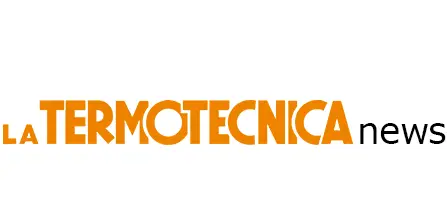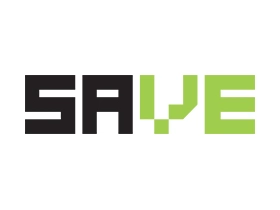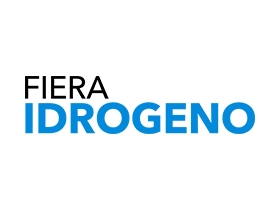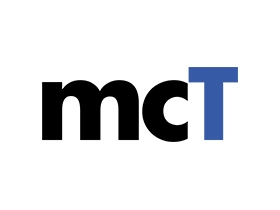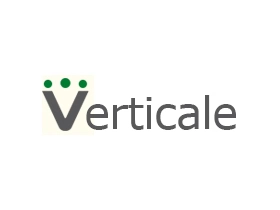Irrigazione digitale ed agricoltura 4.0
Marco Bezzi - Università degli Studi di Trento
Sommario
Emergenza Idrica e Possibili Soluzioni
(PDF in lingua inglese)
1. Climate Change
2. Digital Irrigation
3. Beyond the Water Crisis
4. FMIS
- Water and Climate Status Worldwide
Global mean temperature anomalies with respect to the 1850-1900 baseline for the five global temperature datasets
Seasonal variability measures the average within-year variability available water supply including renewable surface and groundwater supplies.
Global drought severity
Future challenges for water use in agriculture
Future Water Shortage
- Coldiretti estimates damage of 2 billion a year due to drought
in agriculture for 2022 in Italy
Possible increase in the price of water
- Cost of the physical good
- Energy costs (from 90 ?/ha in 2020 to 430 ?/ha in 2022)
- Future excise duties for negative externalities
Future implications of Common Agricultural Policy
- 60% of the water used in Italy is demanded by the agro-livestock sector -> new water saving policies in order to access the single payment
The new needs of farmers
Cost Reduction
- Energy costs
- Labour costs
Agile business management
- Remote management of plant and equipment
- Integration of available data for a better business view
Need for irrigation advice
- Climate change and reduced access to water are changing the irrigation paradigms of the past
Digital Irrigation
The integrated use of the latest technologies for intelligent water control to reduce water wastage:
- Data integration
- Use of calculation algorithms
- Use of advanced control tools
The set of HW devices, SW and algorithms capable of bringing additional water savings beyond those already made by water-saving techniques. Typically, digital irrigation is supported by:
- Sensor data: for monitoring soil or plant parameters
- Satellite data: for remote monitoring of soil or plant conditions
- Software and algorithms for interpreting data and extracting farmer usable information such as irrigation advice from the data
- Hardware for controlling irrigation systems
- Quantitative weather forecasts
Digital Irrigation: results
Conventional controlled deficit irrigation:
- crop yield less up to 25%;
- water savings of up to 13%.
Soil moisture sensor controllers 20%-92%
evapotranspiration controllers 20%-71%
Rain sensors 7%-50%
Advantages for farmers
Reducing water wastage
Thanks to the irrigation advice module that communicates with sensors in the field, the farmer is facilitated in administering the right amount of water
Reduced labour and management costs
With remote plant control, the farmer can save on labour and operating costs
Facing new challenges ahead
The new Common Agricultural Policy and the sustainability of production are the main issues that will change due to the lack of
water
Global mean temperature anomalies with respect to the 1850-1900 baseline for the five global temperature datasets
Seasonal variability measures the average within-year variability available water supply including renewable surface and groundwater supplies.
Global drought severity
Future challenges for water use in agriculture
Future Water Shortage
- Coldiretti estimates damage of 2 billion a year due to drought
in agriculture for 2022 in Italy
Possible increase in the price of water
- Cost of the physical good
- Energy costs (from 90 ?/ha in 2020 to 430 ?/ha in 2022)
- Future excise duties for negative externalities
Future implications of Common Agricultural Policy
- 60% of the water used in Italy is demanded by the agro-livestock sector -> new water saving policies in order to access the single payment
The new needs of farmers
Cost Reduction
- Energy costs
- Labour costs
Agile business management
- Remote management of plant and equipment
- Integration of available data for a better business view
Need for irrigation advice
- Climate change and reduced access to water are changing the irrigation paradigms of the past
Digital Irrigation
The integrated use of the latest technologies for intelligent water control to reduce water wastage:
- Data integration
- Use of calculation algorithms
- Use of advanced control tools
The set of HW devices, SW and algorithms capable of bringing additional water savings beyond those already made by water-saving techniques. Typically, digital irrigation is supported by:
- Sensor data: for monitoring soil or plant parameters
- Satellite data: for remote monitoring of soil or plant conditions
- Software and algorithms for interpreting data and extracting farmer usable information such as irrigation advice from the data
- Hardware for controlling irrigation systems
- Quantitative weather forecasts
Digital Irrigation: results
Conventional controlled deficit irrigation:
- crop yield less up to 25%;
- water savings of up to 13%.
Soil moisture sensor controllers 20%-92%
evapotranspiration controllers 20%-71%
Rain sensors 7%-50%
Advantages for farmers
Reducing water wastage
Thanks to the irrigation advice module that communicates with sensors in the field, the farmer is facilitated in administering the right amount of water
Reduced labour and management costs
With remote plant control, the farmer can save on labour and operating costs
Facing new challenges ahead
The new Common Agricultural Policy and the sustainability of production are the main issues that will change due to the lack of
water
Video
Fonte: SAVE ottobre 2022 Emergenza idrica e possibili soluzioni
Mercati: Agricoltura e Allevamenti
Parole chiave: Cambiamento climatico, Emergenza idrica
- Diego Bizzozero
- Massimo Carmagnani
- Fabio Strazzabosco
- Andrea De Antoni
 English
English
